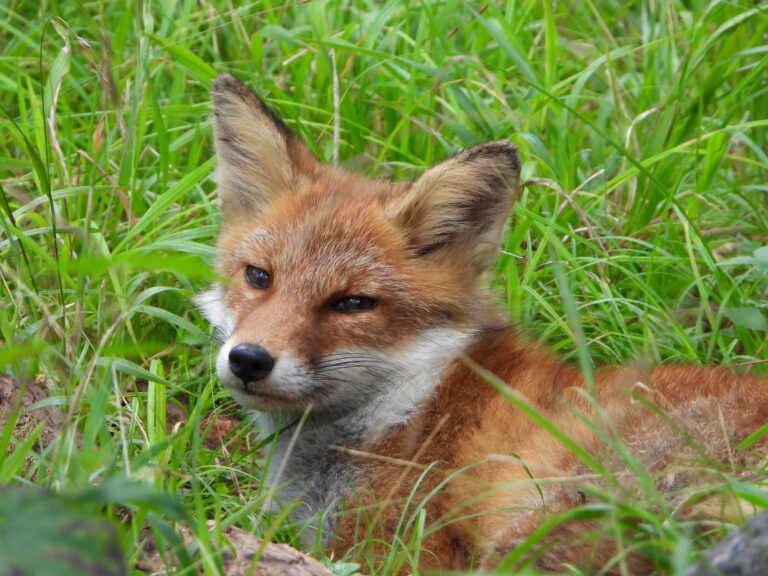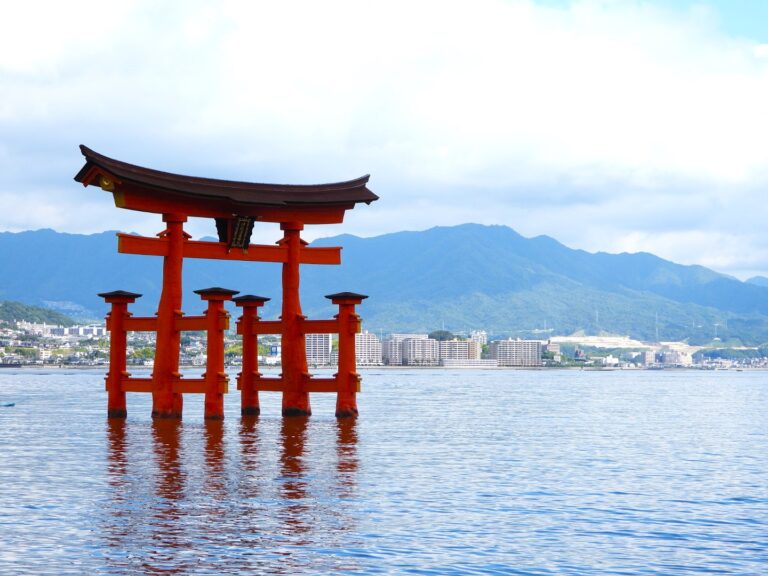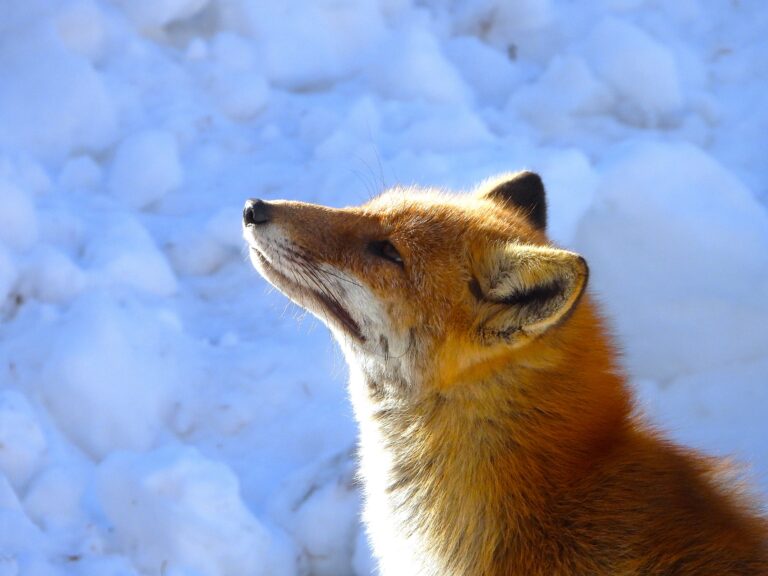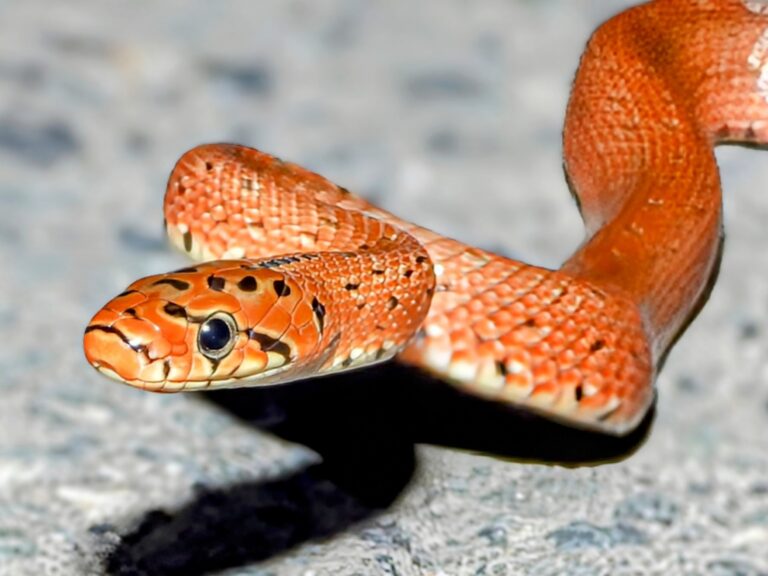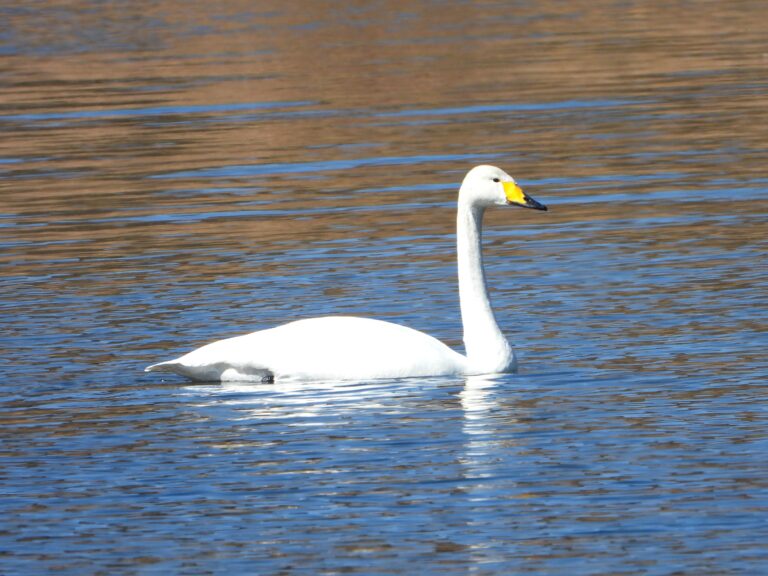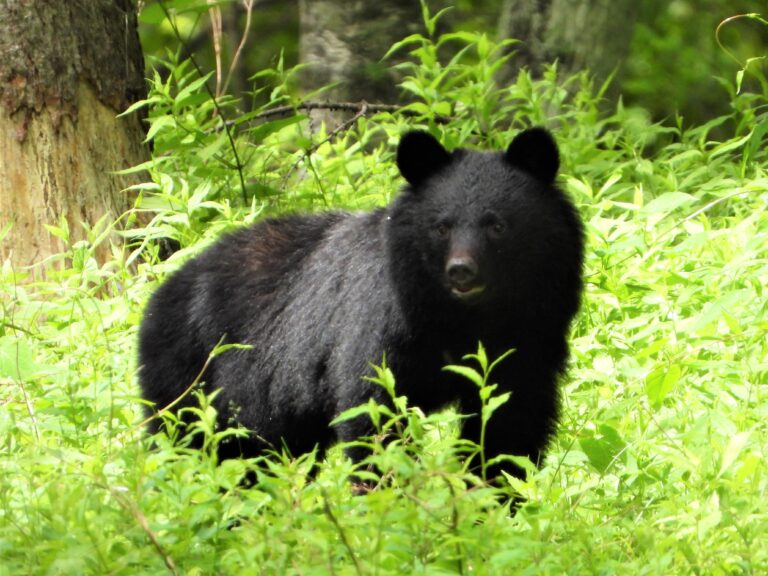Okunoshima (Rabbit Island), Japan
Quick take
Rabbit Island Japan, also known as Okunoshima, is a small island in Hiroshima Prefecture where hundreds of friendly European rabbits roam freely along paths and beaches. Combined with ivy-clad wartime ruins and easy ferry access, it offers close encounters, gentle moments, and plenty of photo opportunities.
Introduction
Okunoshima—nicknamed Rabbit Island Japan—is located in the Seto Inland Sea and can be circled on foot in about an hour. Rabbits here are used to people: if you kneel quietly, they often hop close enough for wide-angle portraits. This guide introduces how to visit, how to interact responsibly, and a light look at the island’s historical ruins.
Why are there rabbits on Okunoshima?
The most widely accepted story is that a small group of pet rabbits—previously raised by local schoolchildren in the 1970s—multiplied to become the present free population. With no natural predators on Rabbit Island Japan, their numbers grew rapidly, transforming the island into what is now famously known as Rabbit Island.
There is also a common misconception that today’s rabbits are descendants of animals once used for poison gas experiments during World War II. However, records show that those lab animals were euthanized at the end of the war, so this story is not true.
How to Visit (Access & Basics)
- Gateway: Tadanoumi Port (Takehara, Hiroshima). Ferries take about 15 minutes to reach the island. The port is a short walk from JR Tadanoumi Station (JR Kure Line).
- By car (driving access): You cannot take a car onto Okunoshima, but ferries also run from Omishima’s Sakari Port, making it a convenient stop when driving along the Shimanami Kaidō.
- On the island: Flat walking paths, the Kyukamura Okunoshima resort hotel, a seasonal campsite, a small museum, and plenty of shaded rest areas.
Tip: Ferry timetables and fares can change seasonally—always check the latest information before your trip.
Gentle Etiquette with the Rabbits
To keep the rabbits safe and healthy, please follow the local guidelines:
- Bring rabbit-appropriate food. Pellets sold around Tadanoumi Port are best. Avoid bread, sweets, and onions.
- Feed in safe places. Never feed on roads; it draws rabbits into traffic danger.
- Let them come to you. No chasing or lifting—quiet patience leads to the most natural encounters.
- Follow island rules. Pets (dogs/cats) are not allowed, and releasing animals is prohibited.
Best Times & Simple Photo Tips
- When to go: Early morning and late afternoon provide soft light and active rabbits.
- Angles: Crouch low at a curious rabbit; fill the foreground with figures, trees, or the sea behind.
- Hands: If offering pellets, keep your palm flat for safe, photogenic close-ups.
- Summer: Rabbits often nap in shaded areas during midday; perfect for relaxed portraits.

Encounters Along the Walk
Okunoshima’s paths are full of surprises. Rabbits may appear suddenly near benches, under shrubs, or by old tunnels. Part of the charm lies in never knowing exactly where the next rabbit will appear.

A Quiet Look at the Ruins
Scattered across the island are ivy-covered remains of former wartime facilities. These silent structures add a different atmosphere, reminding visitors of the island’s past. Most people come for the rabbits, but taking a short detour to see these ruins adds depth to your visit.

FAQ
- Are the rabbits wild? → They are a non-native species—European rabbits—that have become accustomed to human presence.
- How many are there? → The exact number is hard to determine, but local tourism guides estimate around 500–600 rabbits, and visitors are almost guaranteed to see many.
- Can children feed them? → Yes—with adult supervision and rabbit-safe food, away from roads.
- Is a full circuit difficult? → The island trail is about 4 km and takes 1–2 hours. It is mostly easy walking, but there are slopes and some ups and downs, so heat and hydration should be considered in summer.
Author’s Impression
Watching rabbits on Rabbit Island Japan is like stepping into a fairytale. They peek out from the shade, sniff at camera lenses, then flop back down into shallow scrapes in the soil. The scene feels calm, cute, and wonderfully slow-paced. Watching them up close gave me not only delight but also a gentle reminder to simply observe and respect their space.



